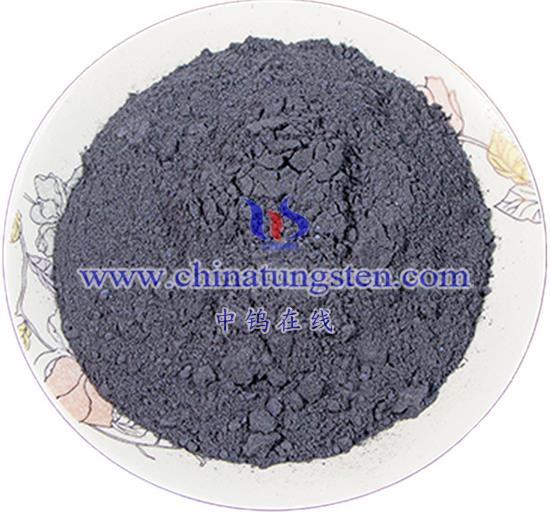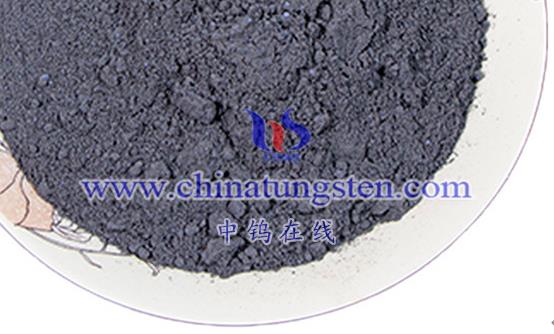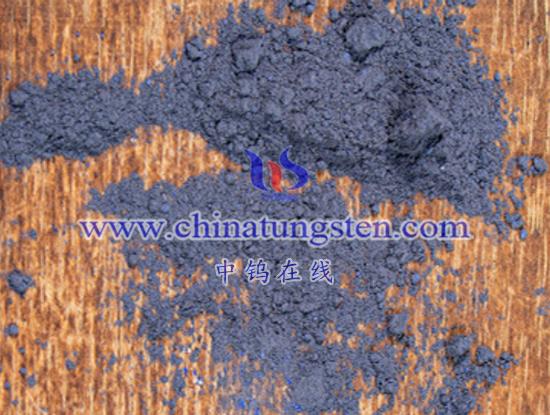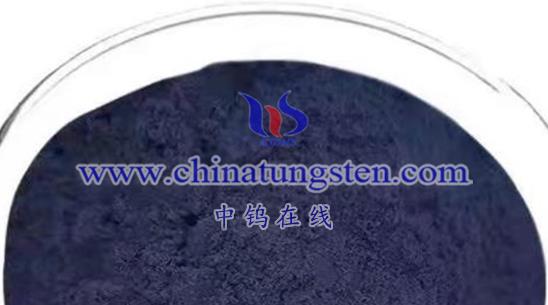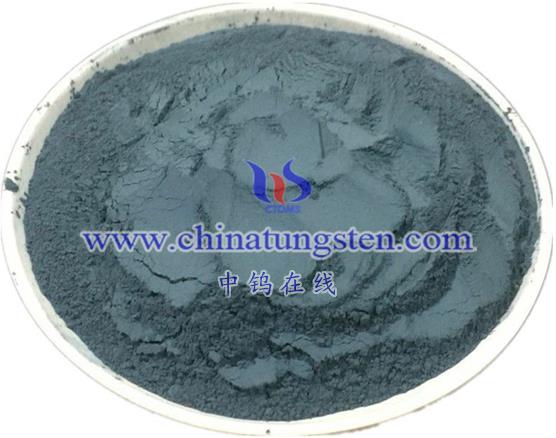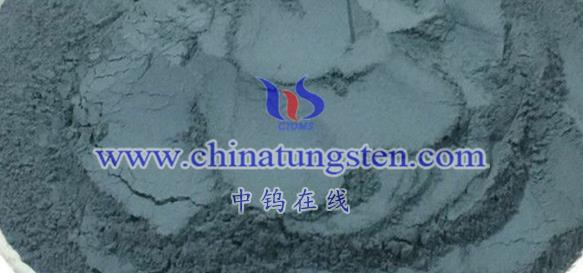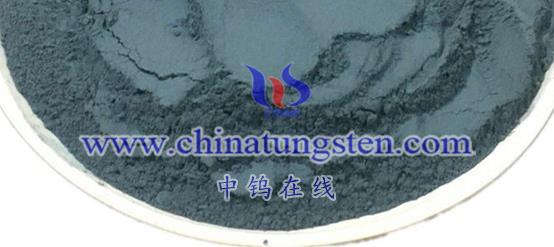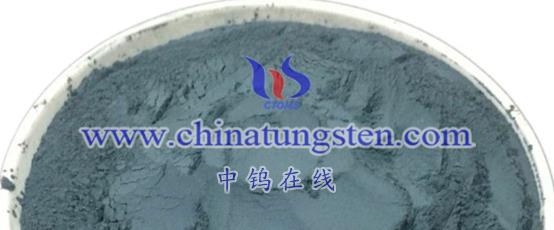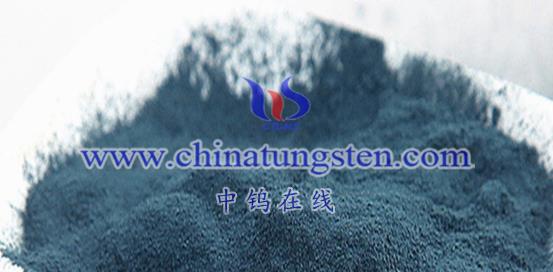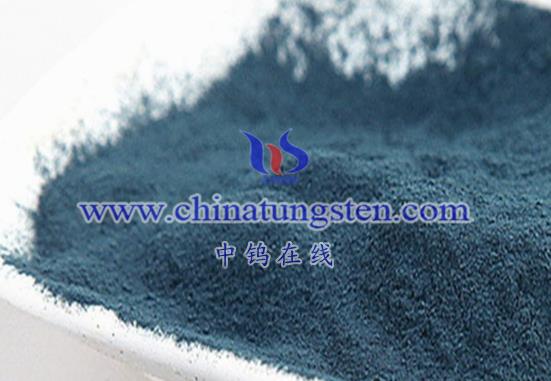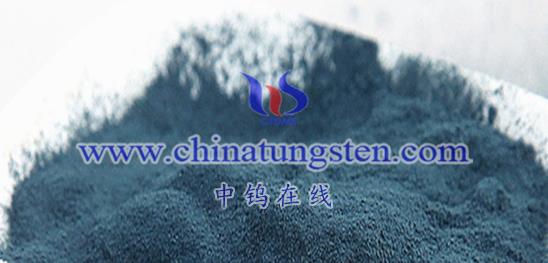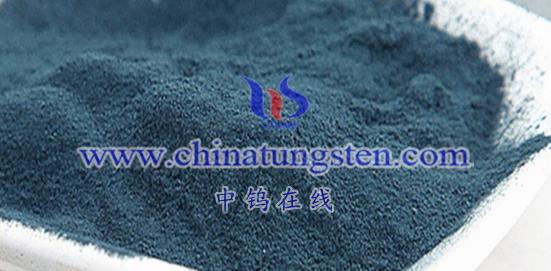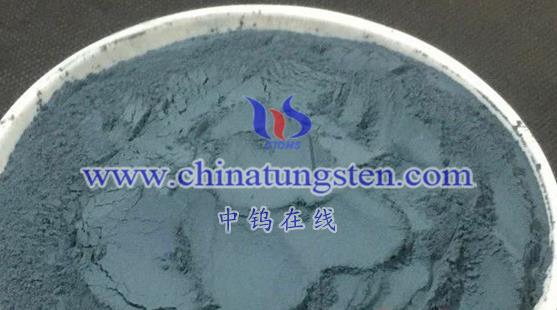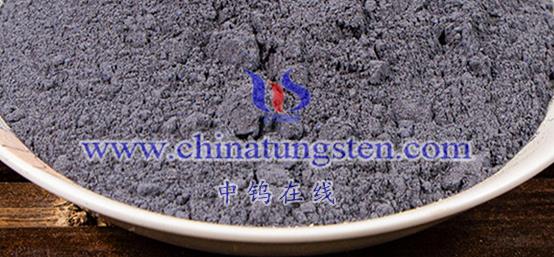
The particle size, morphology, and surface structure of nano tungsten oxide (WO₃) have significant effects on its performance across various domains, such as optics, electronics, catalysis, and thermal properties. Here is a detailed analysis of these effects:
- Effect of Particle Size on Nano Tungsten Oxide Performance
Impact on Optical Properties
When the particle size of nano tungsten oxide is reduced below a certain threshold (e.g., less than 100 nm), quantum size effects emerge. This leads to a blue shift in the material’s light absorption spectrum toward shorter wavelengths, along with an increase in bandgap width. As a result, nano tungsten oxide exhibits improved optical performance in fields such as photocatalysis and photoelectric conversion.
Additionally, as particle size decreases, the specific surface area increases, enhancing surface energy. This contributes to better light absorption efficiency and more efficient separation of photogenerated charge carriers (electrons and holes).
Impact on Electrical Properties
The reduction in particle size can alter the electrical properties of nano tungsten oxide. In some cases, a smaller particle size can facilitate electron transport, improving conductivity. However, in other cases, an increase in surface states and defects may reduce conductivity, depending on how the material’s internal structure changes with size reduction.
Impact on Catalytic Performance
Smaller particle sizes result in a larger specific surface area and more active sites, which is advantageous for catalytic reactions. Therefore, controlling the particle size of nano tungsten oxide is crucial for optimizing its catalytic performance.
- Effect of Morphology on Nano Tungsten Oxide Performance
Impact on Surface Structure
Different morphologies determine the surface structure and the distribution of exposed active sites in nano tungsten oxide. For instance, rod-shaped nano tungsten oxide may exhibit better electron transport properties, while sheet-like nano tungsten oxide may provide a larger surface area and more adsorption sites, improving its catalytic and sensing abilities.
Impact on Catalytic Performance
The morphology of nano tungsten oxide significantly influences its catalytic activity, primarily through the number and distribution of active sites. Specific morphologies may lead to higher catalytic activity and selectivity, enhancing the material’s performance in catalytic applications.
Impact on Optical Properties
Morphology can also affect the optical behavior of nano tungsten oxide. Certain shapes may have stronger light absorption or a broader absorption range. By tailoring the material’s morphology, its optical properties can be fine-tuned for specific applications, such as in sensors or photovoltaic devices.
- Effect of Surface Structure on Nano Tungsten Oxide Performance
Impact on Catalytic Performance
Modifying the surface structure (e.g., through surface functionalization or forming heterojunctions) can significantly improve the catalytic activity, selectivity, and stability of nano tungsten oxide. Surface modifications can change the material’s surface charge and hydrophilicity/hydrophobicity, thus influencing its catalytic performance. The formation of heterojunctions can promote the separation and transport of electrons and holes, further enhancing catalytic efficiency.
Impact on Optical Properties
Surface structure modifications can also impact the optical performance of nano tungsten oxide. Surface treatments or the formation of heterojunctions can tune its light absorption and emission characteristics, leading to enhanced photoelectric conversion efficiency, which is vital for optoelectronic applications.
Impact on Electrical Properties
Changes in the surface structure may also affect the electrical properties of nano tungsten oxide. For instance, heterojunctions can alter conductivity or interfacial resistance, influencing the material’s overall electrical performance, especially in applications requiring precise control over charge transport.
Conclusion
The particle size, morphology, and surface structure of nano tungsten oxide have profound effects on its performance across optical, electrical, and catalytic applications. In practical applications, the preparation methods and process conditions should be carefully selected to optimize these parameters, ensuring that the desired performance characteristics are achieved for specific use cases.
More details of tungsten oxide product, please visit website: tungsten-oxide.com
Please contact CHINATUNGSTEN for inquiry and order of tungsten oxide:
Email: sales@chinatungsten.com
Tel.: 86 592 5129595
